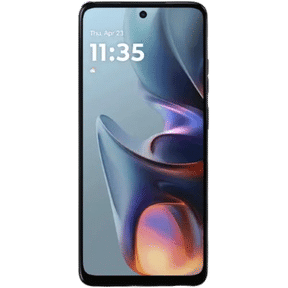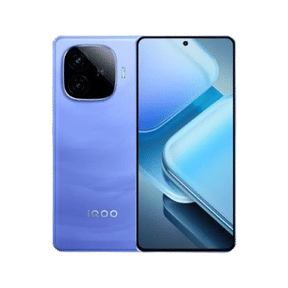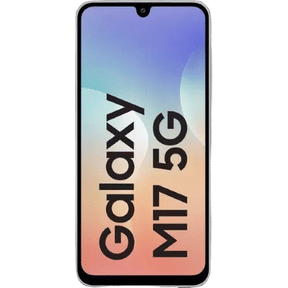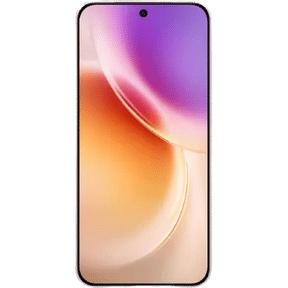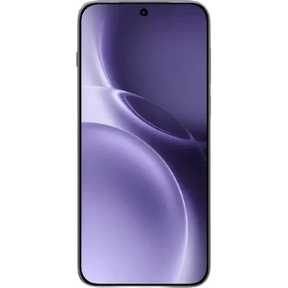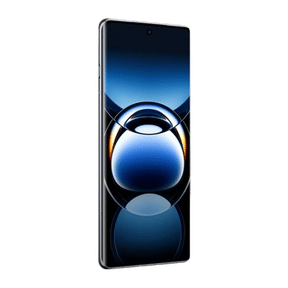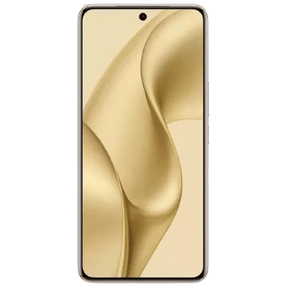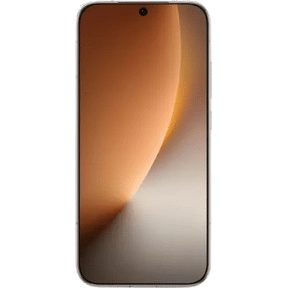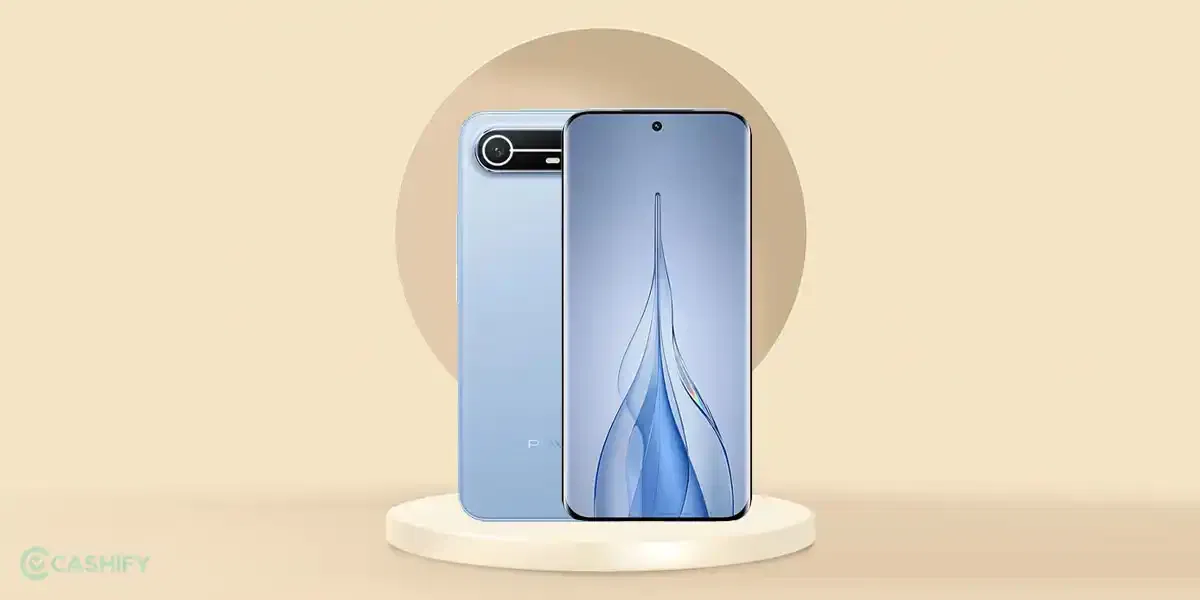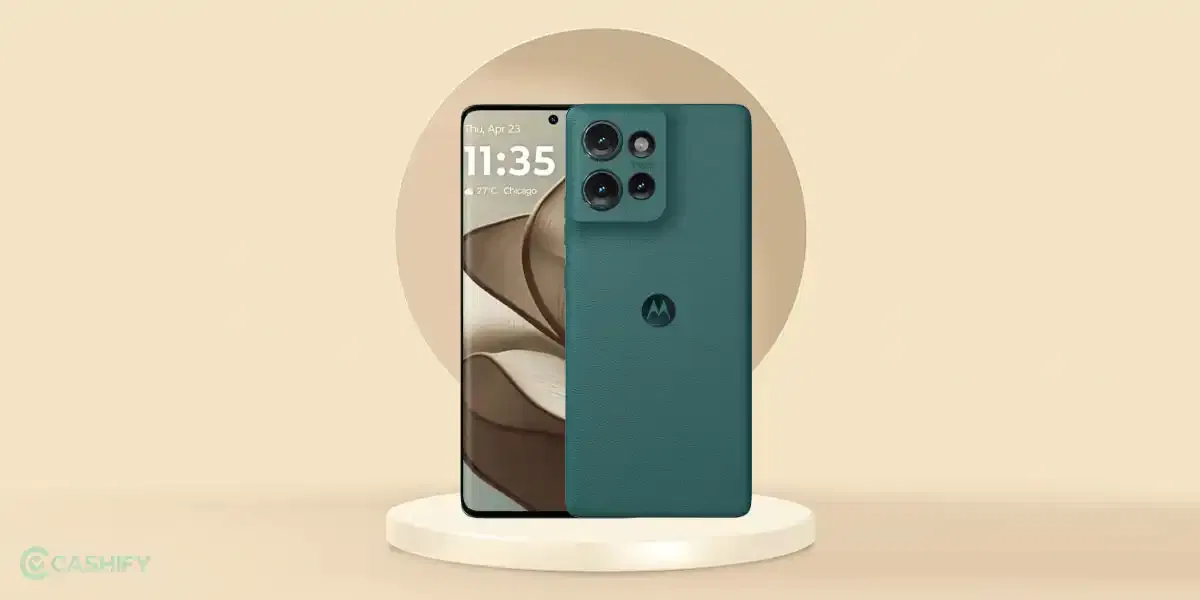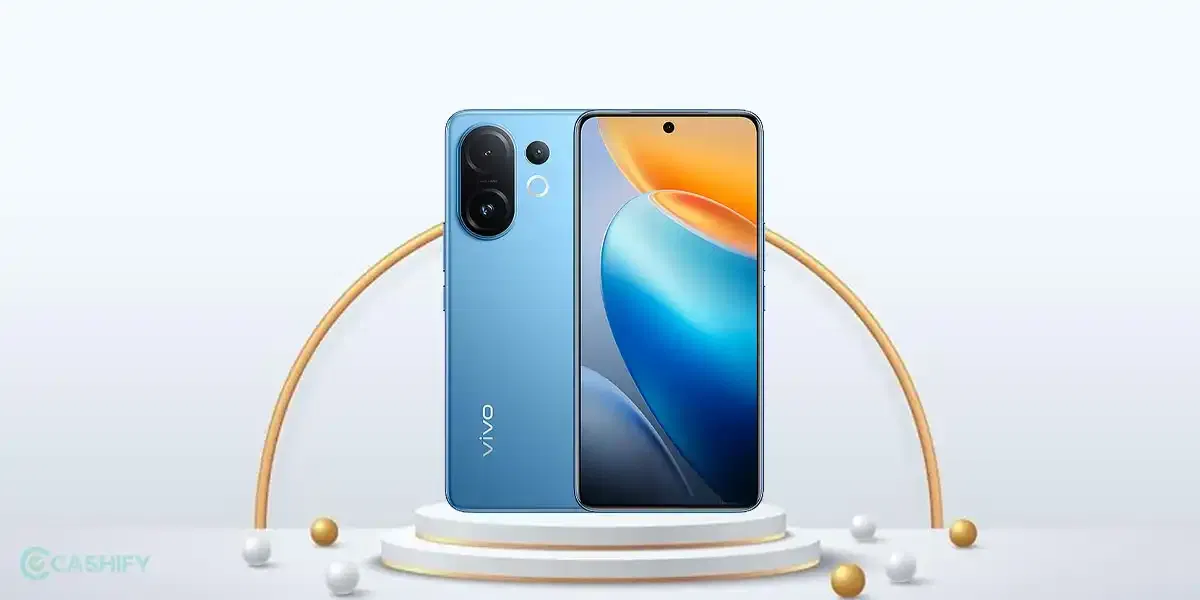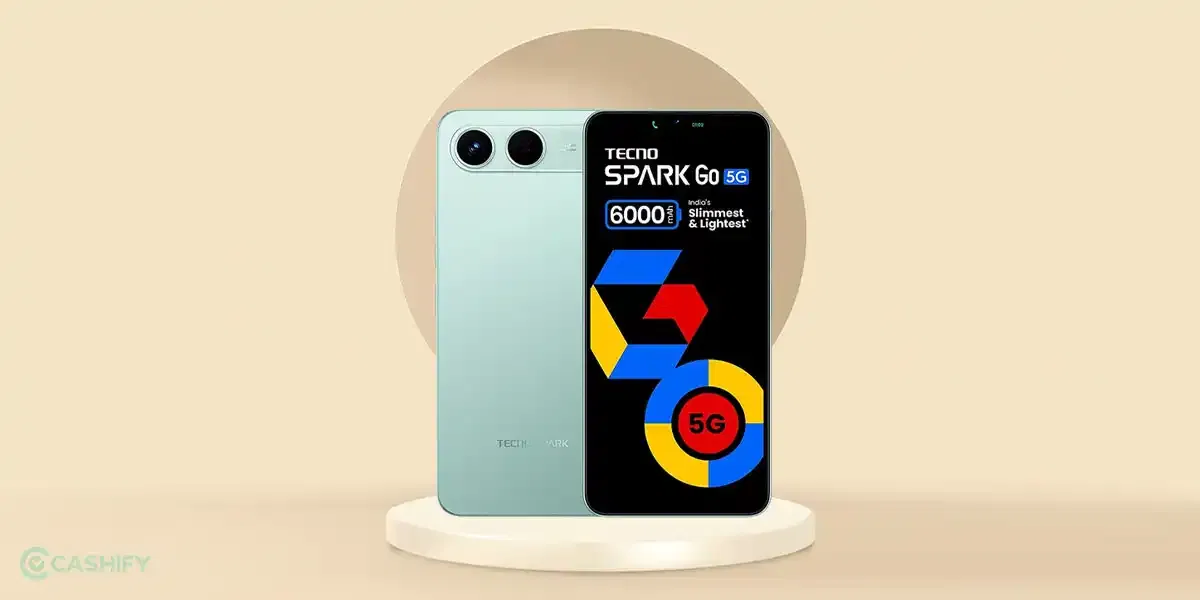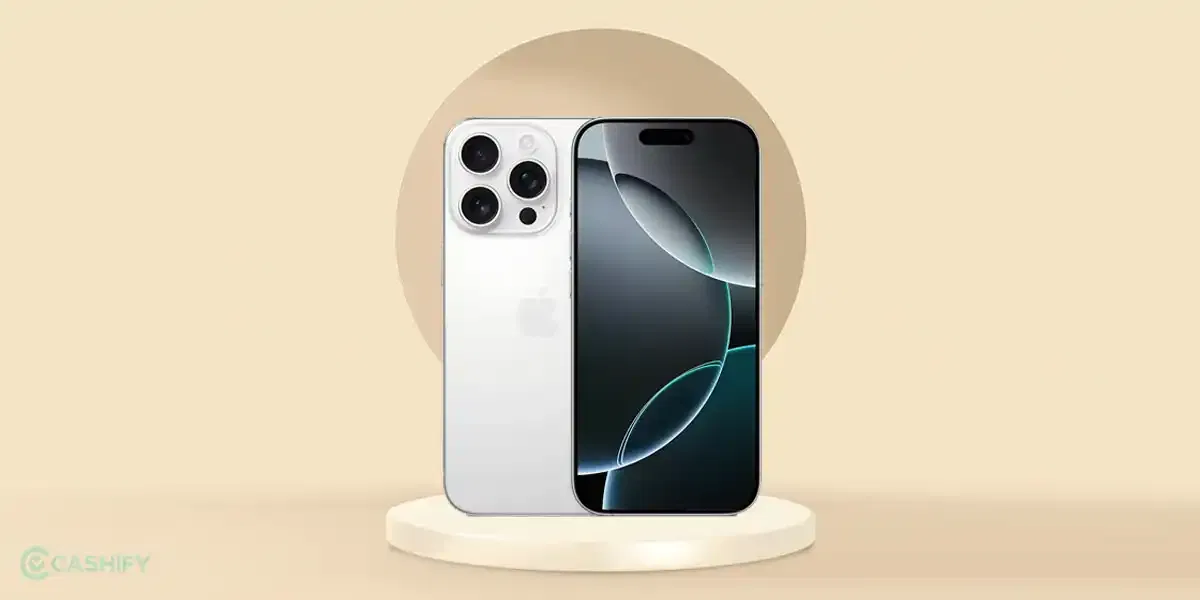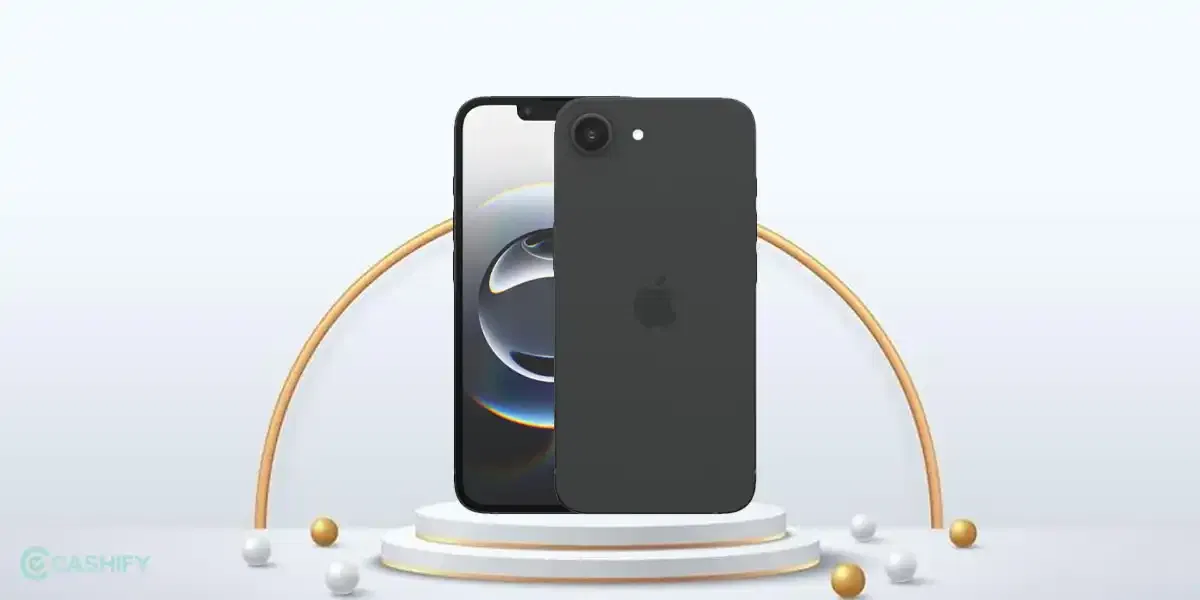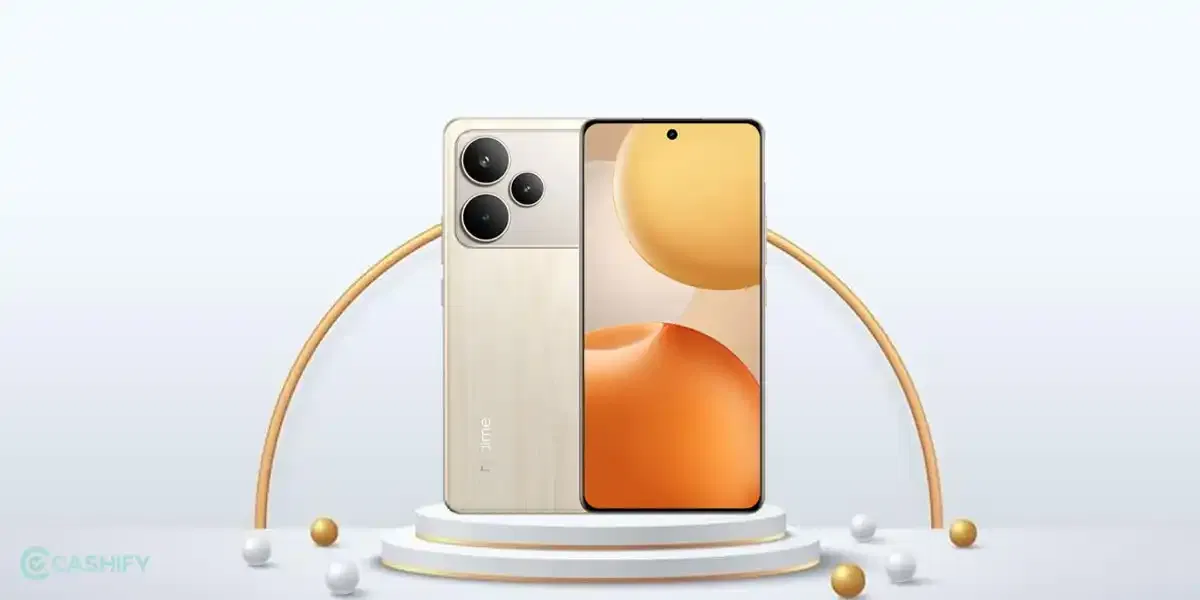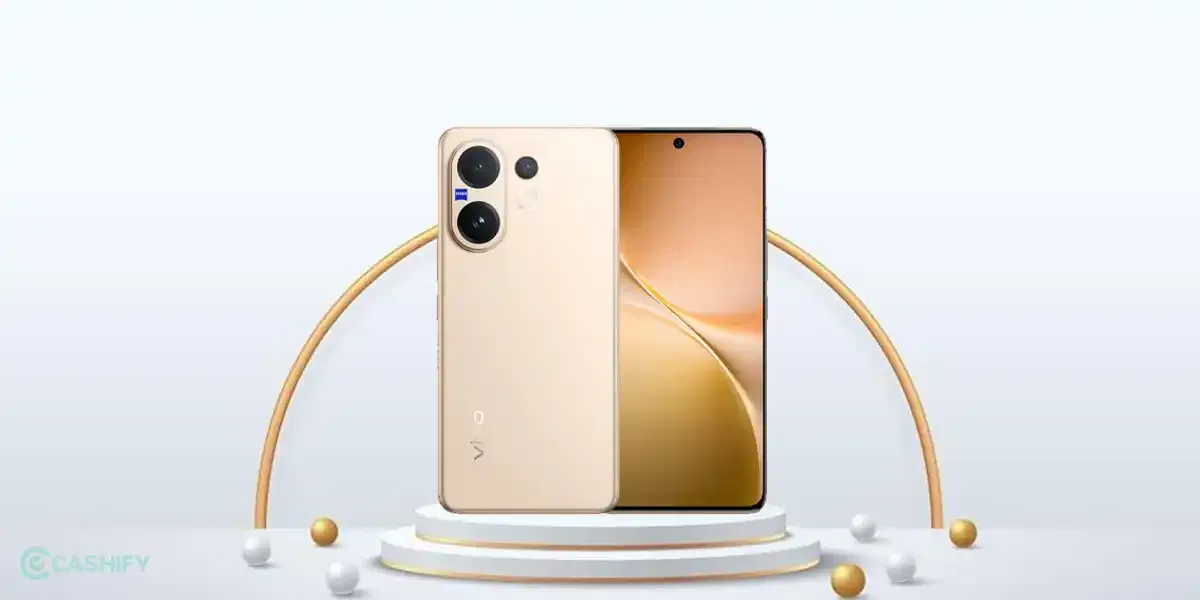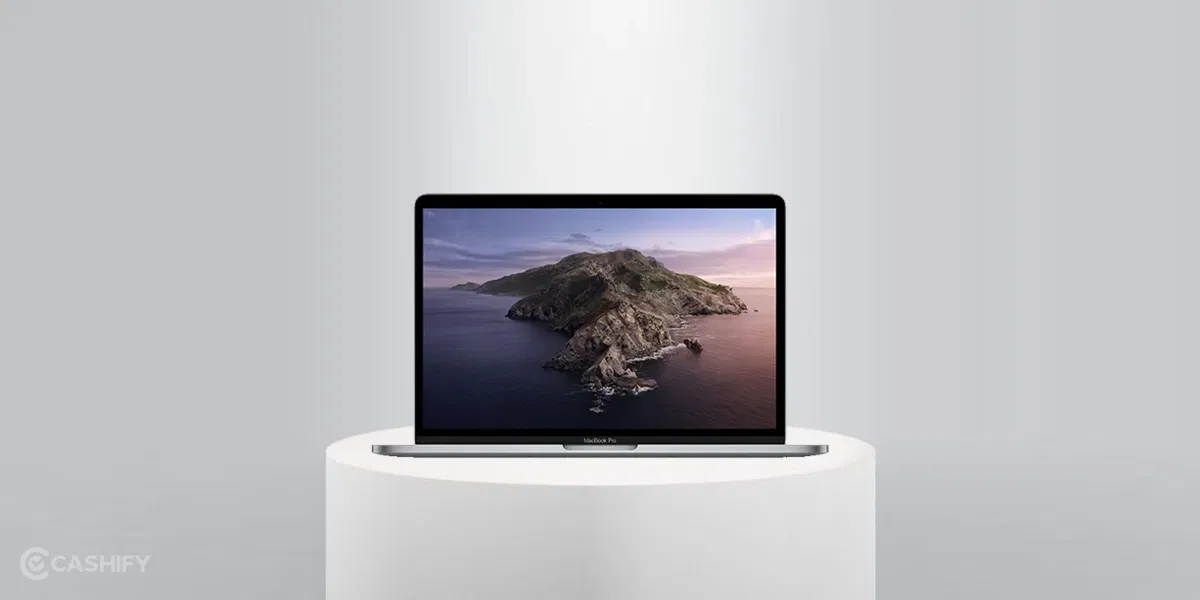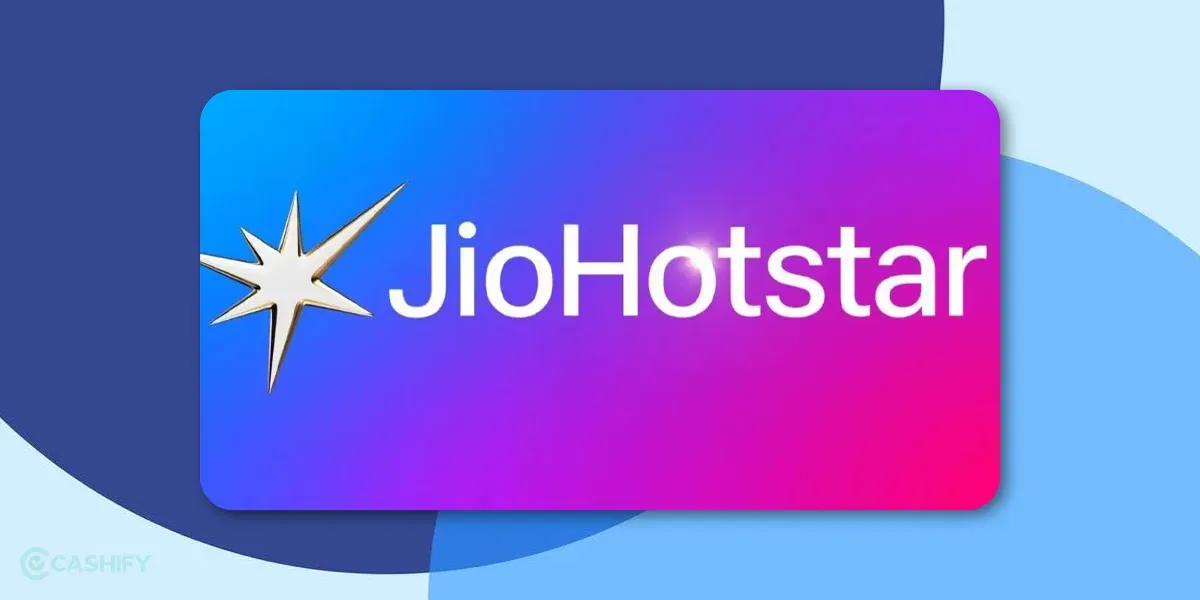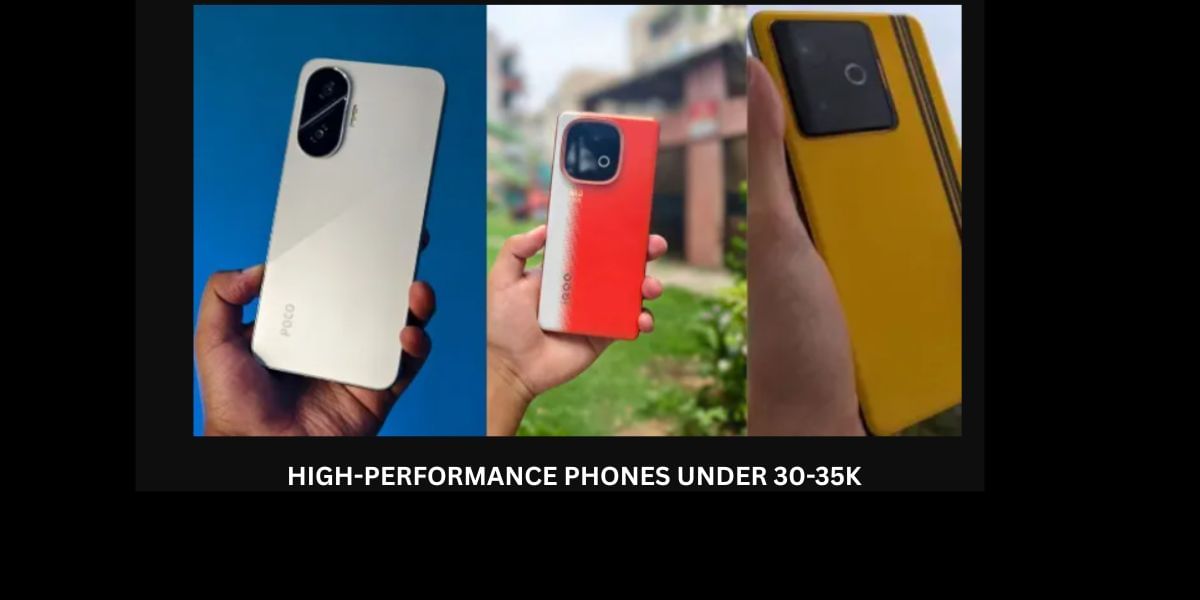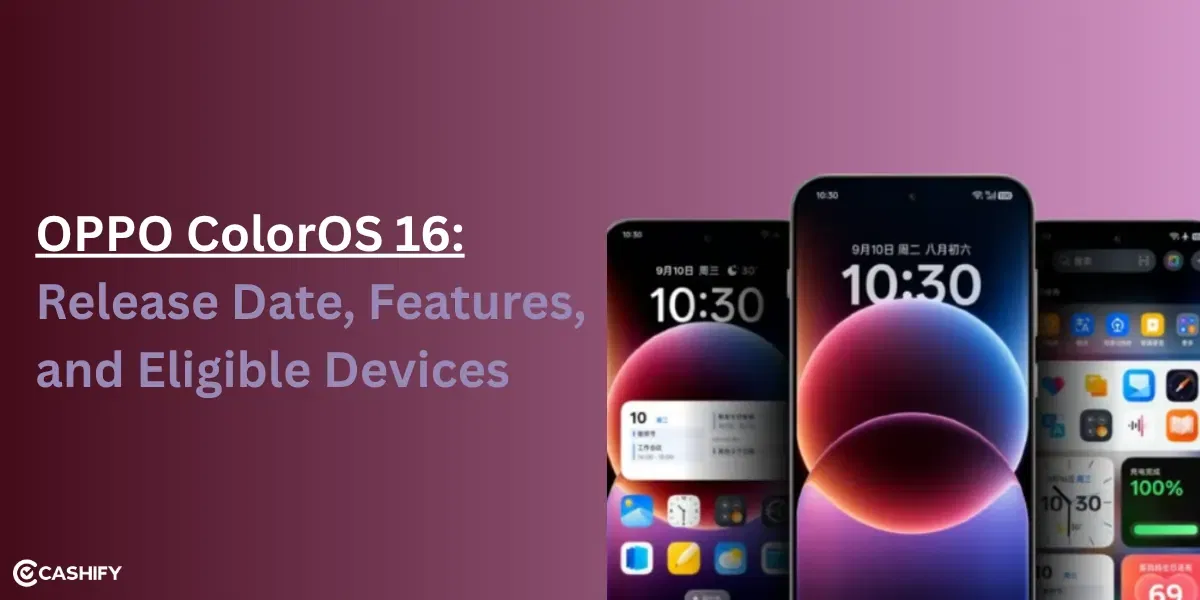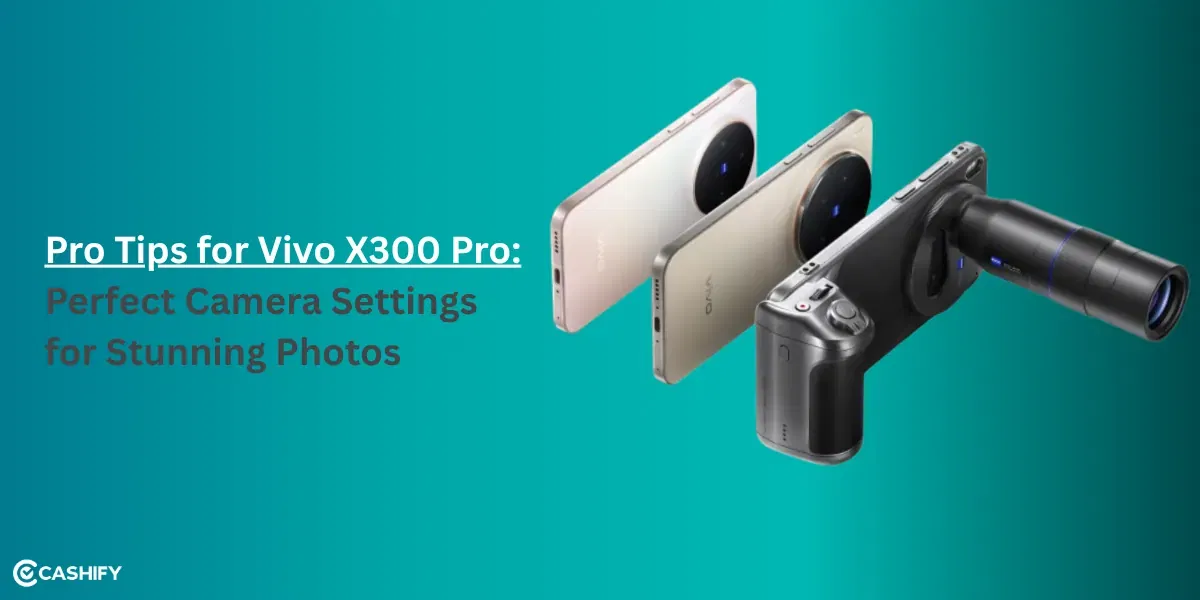
Score
Asus Zenfone Max ZC550KL
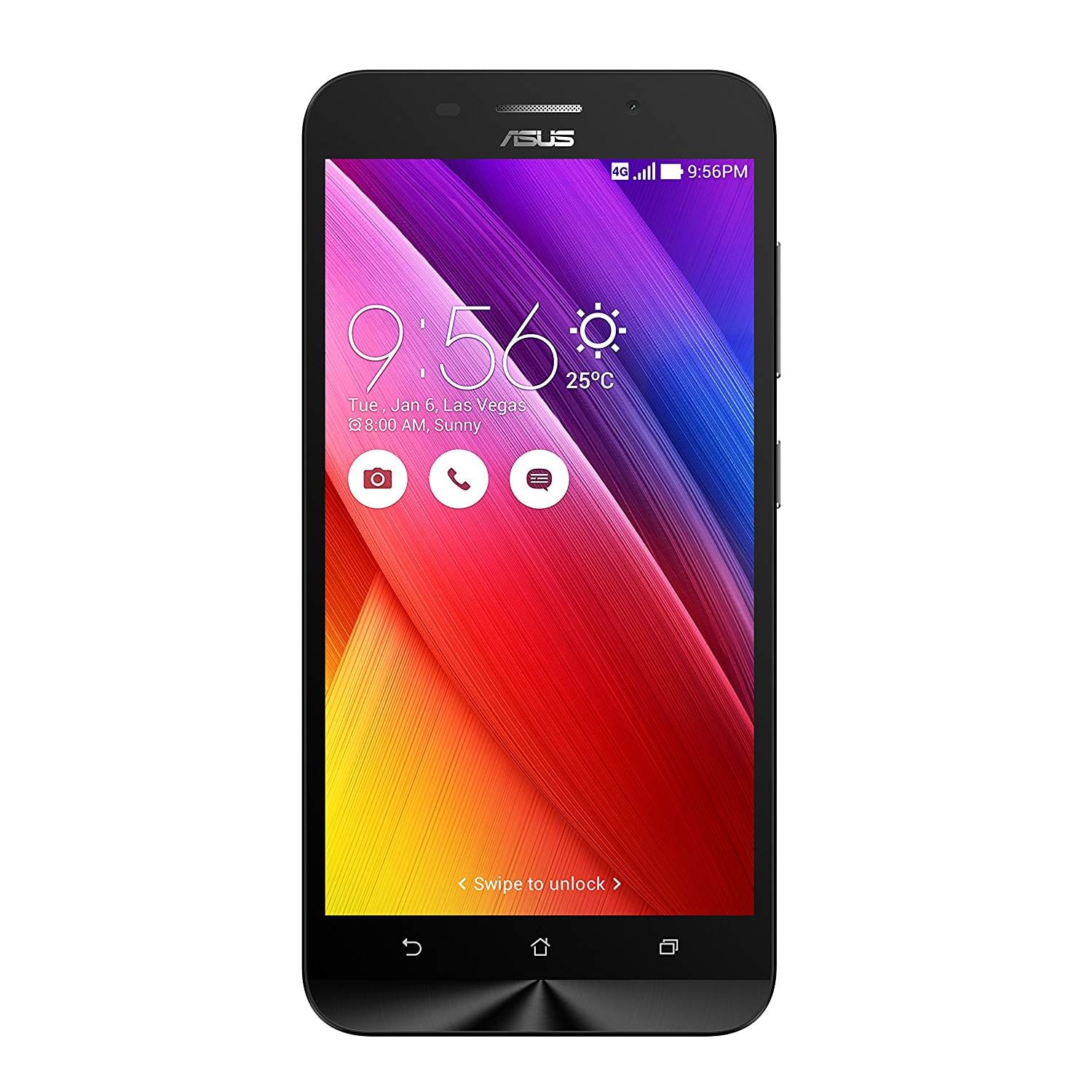
ZenFone Max comes as an answer to the growing public demand of a reliable battery coupled with good performance in a smartphone. Priced at Rs. 9,999, ZenFone Max is a power bank with mind-blowing ability to perform for 2-3 days with a single charge. However, it needs to do serious work on other aspects.
Easily spotted by its signature Asus design, the ZenFone Max has come up with no significant upgrades to upset the flagship market. Its only top feature – an undeniably outstanding battery which stands out in the flagship market and is the only dear takeaway from this below-average set.
About the Product Overview
A bit bulkier but similar in design like its predecessor, the ZenFone Max does not seem to arrive with any positive shocker. Armed with a killer 5,000 mAh battery as the only chief modification and flagship, the ZenFone Max fails to get a mark in the fierce flagship competition. Asus is playing it too safe making this release redundant and dated.
A jacked-up battery that does not seem to die, ZenFone Max’s only significant flagship is the staggering 5,000 mAh battery with enough juice to last for more than two days. It keeps on chugging even after heavy use which is a spectacular feat from any flagship phone. However, the poor charger supplied by the company makes a terrible match for this powerful piece.
Regarding performance, display, and camera, ZenFone Max makes only a moderate score. Coming with a battery as the key feature, ZenFone Max is a disappointment in the flagship smartphone market. It is recommended for Asus fans and for only those people who are tired of deteriorating battery and does not look for other flagship features in their smartphone.





